Moving house checklist and relocation guide for movers in Brisbane

Moving house in Brisbane, whether you’re a long-time local or a newcomer, can be both exciting and a bit daunting. Brisbane is known for its warm weather, laid-back lifestyle, and access to the river and mountains, but like any city, it comes with its own set of challenges—traffic around peak hour, narrow inner-city streets, and the occasional heavy rain.
This guide will walk you through the entire process, from planning and budgeting to picking the right Brisbane removalists, packing, and settling in. Whether you're moving from a busy inner-city apartment or a suburban family home, we’ve got you covered with clear advice and a timeline to make your move as smooth as possible.
Let’s dive in and make sure your Brisbane move goes off without a hitch.
Introduction to moving house in Brisbane
Let’s face it, moving in Brisbane can be tricky, even if you’re just moving a few suburbs away. The city’s hot summers and sudden afternoon storms can throw a spanner in the works, so timing is key. Brisbane’s suburbs also vary greatly, from the inner-city hustle of Fortitude Valley to the quieter, leafy areas in the west, so it’s important to plan accordingly.
Add in the Brisbane traffic, high rental demand, and the costs of packing, storage, and removalists, and it can feel overwhelming. But don’t worry - we’re covering the exact steps to take to make your move roll out as smoothly as possible.
Overview of the moving process
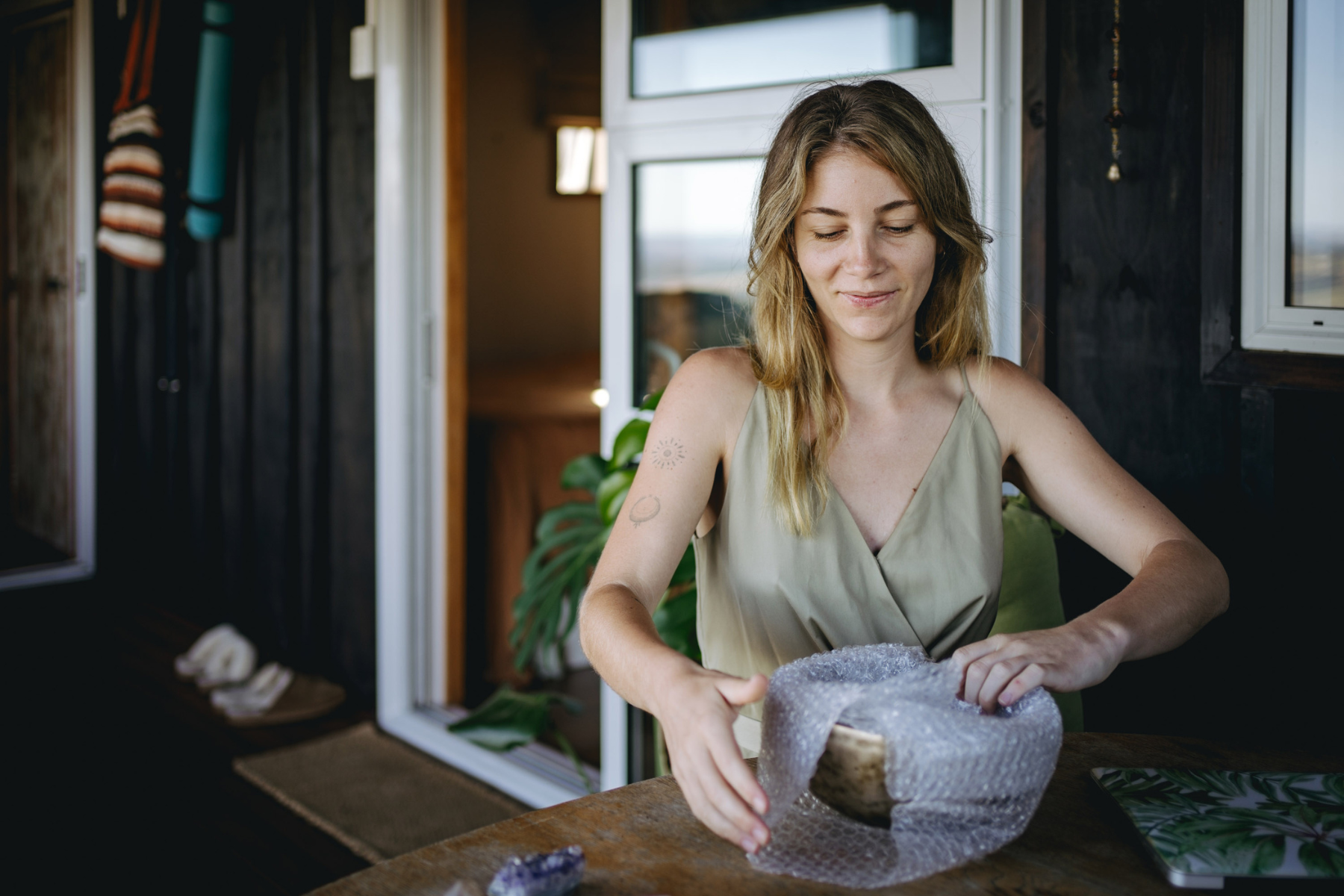
Moving in Brisbane follows a similar process to other major cities across Australia, but there are some local things to consider.
-
Plan 8-10 weeks ahead—set your budget, book furniture removalists early (they can get busy), and sort out logistics.
-
When packing, be strategic—especially if you're in an apartment or a place with narrow hallways or steep stairs. Start early and take it room by room to keep things manageable.
-
After your move, don’t forget to update your address with utilities and local services. Brisbane has multiple councils, so make sure you're on the right list for things like waste collection and water.
-
Also, keep in mind Brisbane’s unique mix of hills and waterways. If you’re moving into or out of a hilly area like Paddington, or near the river, access can sometimes be tricky, so check in with your movers ahead of time,
More on all of these steps to come later in the article.
Moving in Brisbane - what to keep in mind
A move to Brisbane will always feel much lighter if you are armed with information on key topics like transport, accommodation and weather to watch out for. Here’s some food for thought as you plan your move:
First, Brisbane’s property market can be competitive, especially in popular areas like New Farm, West End, or Paddington.
If you’re wondering what kind of income you’ll need to live comfortably here, our guide to the cost of living in Brisbane breaks it all down.
Whether you're renting or buying, prices can vary widely depending on proximity to the river or the city, so it’s worth doing some research on different suburbs. If you're on a budget, look to the outer suburbs for more affordable options.
Transport-wise, Brisbane doesn’t have the same extensive public transport network as Sydney, but the bus and train systems cover most areas. If you’re moving to the city, it's worth getting a Go Card for easy access to trains, buses, and ferries—especially if you plan to use public transport regularly.
Brisbane’s weather is another important factor to consider, with hot, humid summers and mild winters. Afternoon storms are common in the wet season, so be prepared for rain on moving day, and try to time your move in the cooler months if possible. Closer to the date, be sure to check the Brisbane forecast to stay prepared.
Lastly, don’t forget about the administrative side of moving. You’ll need to update your address for your driver’s license, and utilities like electricity, water, and internet. Each Brisbane suburb falls under a specific local council, so make sure you’re also on the right lists for services like waste collection and recycling.
Brisbane moving house checklist

Moving in Brisbane involves a lot of moving parts, but staying organised can help keep everything running smoothly. Here’s a checklist to guide you through the process, tailored specifically to Brisbane.
10+ weeks before the move
6+ weeks before the move
4+ weeks before the move
2+ weeks before the move
1+ week before the move
Moving Day
Settling in
Budgeting for your Brisbane move
Brisbane removalist costs
Removalist fees will depend on your home size, with smaller one-bed apartments starting at as low as $360, and larger 4-bedroom homes going up to $3,150. If you’re selling, you’ll need to budget for things like marketing and legal fees, while buyers should keep in mind the cost of property inspections and conveyancing.
For renters, bonds and upfront rental costs come into play. Plus, there are those little extras—utility connections, packing supplies, and all the other bits and pieces that add up. It might sound like a lot, but with some planning, it’s totally manageable. For a full breakdown of moving costs in Brisbane, check out our guide.
Hiring vs. DIY moving - weighing up what’s best
Should you hire professional movers or handle the move yourself? It’s a decision many Brisbane locals face, and there are pros and cons to both options. Your choice will depend on your budget, timeline, and how much effort you’re willing to put in. To help you make the right call, here’s a breakdown of what you can expect from each approach.
Hiring professional Brisbane removalists
Pros:
Cons:
Going the DIY route
Pros:
Cons:
If you’re leaning towards hiring movers, it’s a good idea to compare quotes from different Brisbane removalists. Platforms like Upmove can help you easily find and book a trusted team.
Organising and decluttering
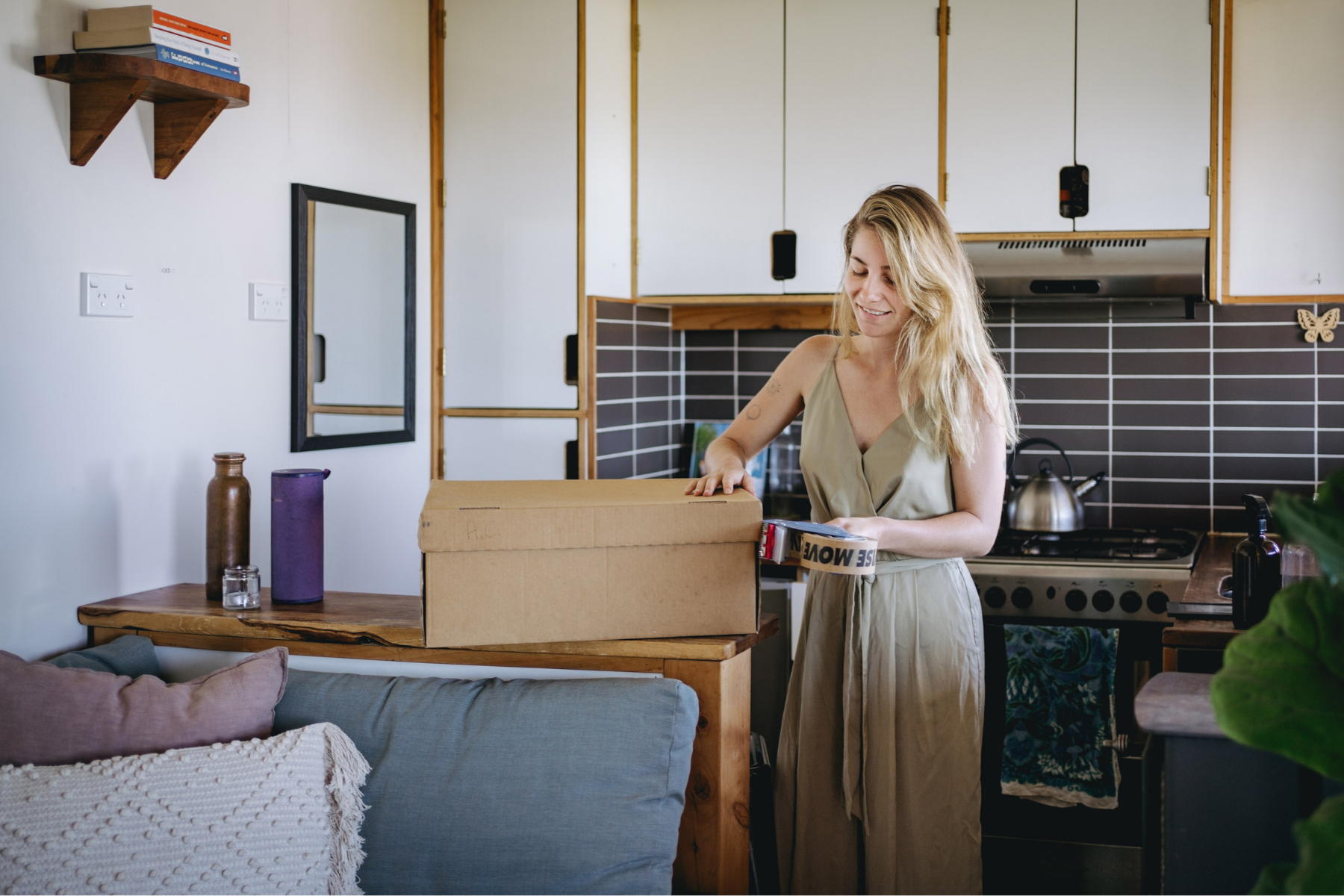
Now that you've got your checklist and budget sorted, it’s time to focus on packing. Whether you’re moving with Brisbane removalists or doing it yourself, getting organised early will save you a lot of stress later. Here's how to start:
Packing materials and supplies
Having the right materials makes packing much easier. Here’s what you’ll need for a typical 3-bedroom move in Brisbane.
1. Boxes
What you need:
Where to find them: Removalists in Brisbane often rent or sell boxes, but you can also grab them at local spots like Bunnings or Officeworks. Don’t forget to check out Gumtree or Facebook Marketplace for second-hand options. Check out our guide on places to get free moving boxes in your area.
2. Packing tape
What you’ll need: 6-8 rolls of tape (for sealing those boxes tight)
Where to get it: Bunnings, Officeworks, or just about any big-box retailer. If you want to save a bit, buying in bulk online is a good option.
3. Bubble wrap & packing paper
What you’ll need:
Where to find it: You’ll find this at Bunnings, Officeworks, or from removalist suppliers in Brisbane. You can also grab it online if that’s easier.
4. Furniture pads or blankets
What you’ll need: 5-8 moving blankets (to protect your big furniture and appliances)
Where to get them: These can often be rented from your Brisbane removalist, or you can pick some up at Bunnings or buy them online.
5. Plastic bins (Optional)
What you’ll need: 2-3 plastic bins (for items like toys, clothes, or small household goods)
Where to find them: You can find affordable bins at stores like IKEA, Bunnings, or Big W. They’re great for keeping smaller items organised during the move.
Your room by room packing guide
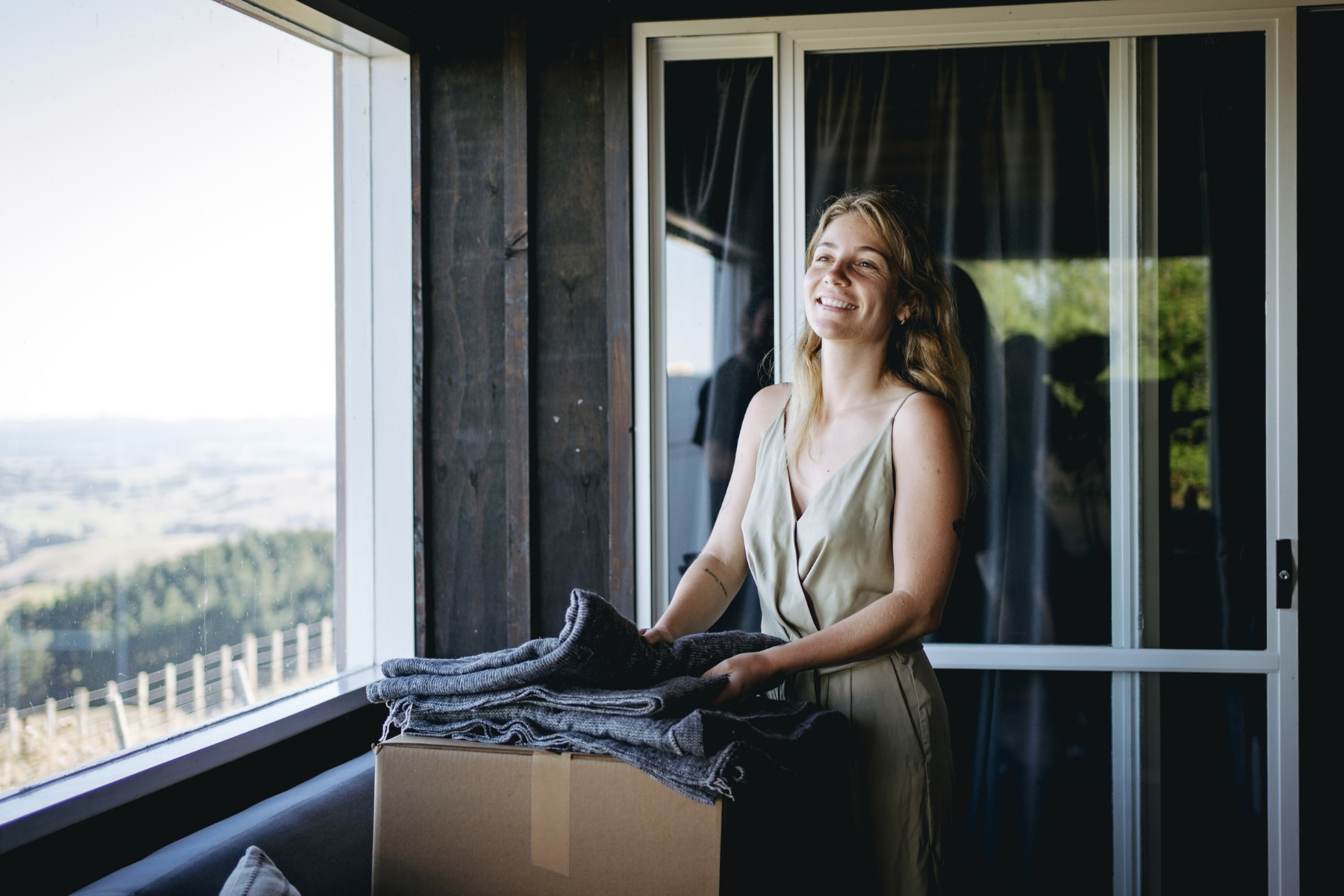
Now that you’ve got your packing supplies, it’s time to roll up your sleeves and get stuck in.
Packing up for a move can feel like a lot, but breaking it down room by room makes it a whole lot easier.
The key is to start with the areas you use least. These rooms often hold things you won’t need in the lead-up to the big day, so it’s a good place to begin. Tackle spaces like guest rooms, the shed, or storage areas first. From there, move on to the office and living areas, which tend to have a mix of decor, books, and electronics. When you get closer to moving day, focus on packing up the bedrooms and kitchen.
It might feel overwhelming at first, but don't worry—we’ve got you covered with a room-by-room guide to help make the process as smooth as possible.
Here’s how to get started:
1. Garden / Shed / Storage Areas
2. Guest Bedrooms
3. Office
4. Living / Dining Rooms
5. Main Bedrooms
6. Bathrooms
7. Kitchen
Cleaning - let’s get your rental bond back
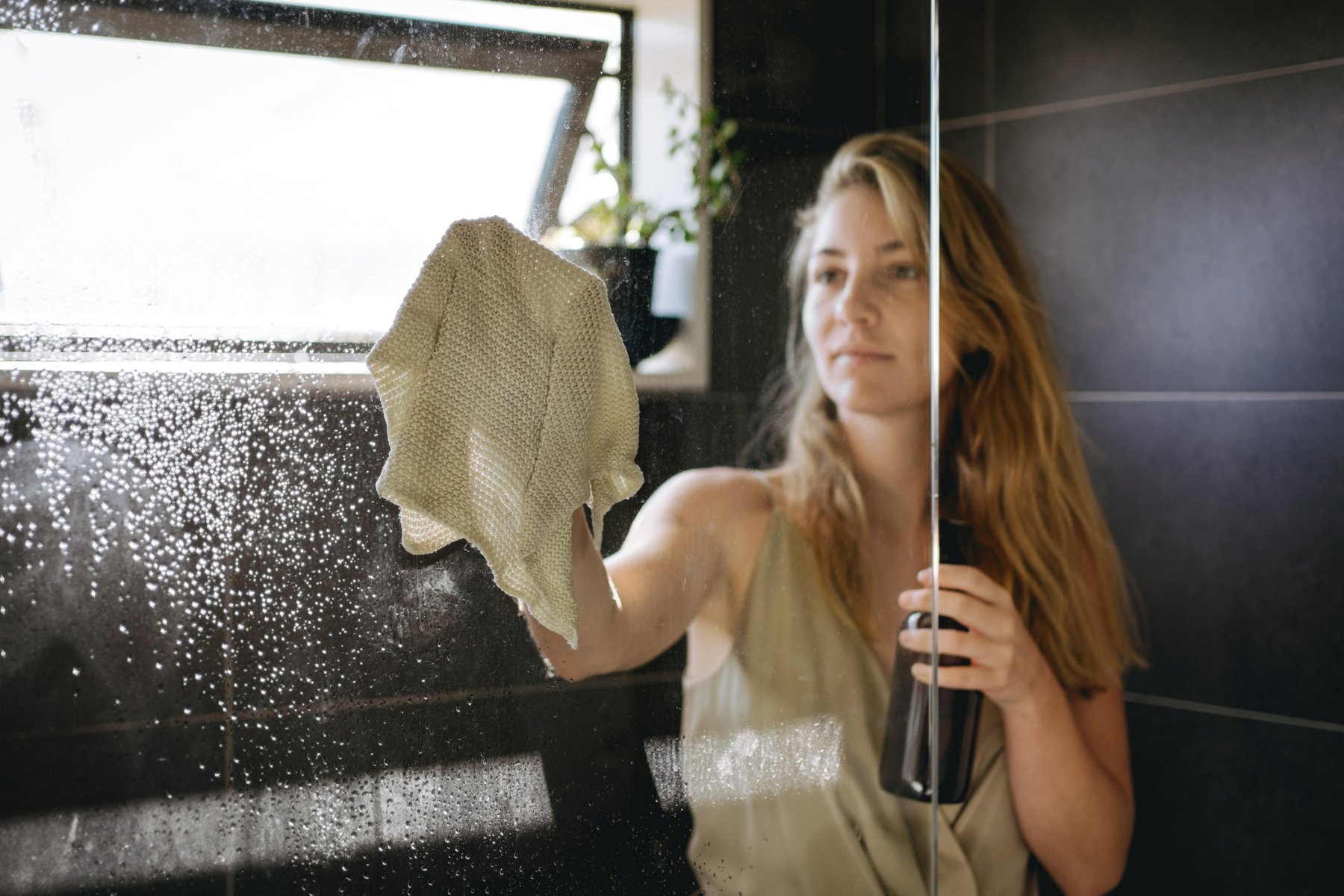
Once you’ve packed everything up, it’s time to give your place a thorough clean—especially if you're renting and want to make sure you get your bond back. Here’s a straightforward checklist to help you leave your home spotless.
Start high, finish low: Dust the ceilings, light fixtures, and vents first, then move down to walls and windows. This way, you’ll catch any dust or debris that falls as you go.
Give the kitchen a good scrub: Wipe down all surfaces, including countertops, cabinets, and appliances. Don’t forget the oven, range hood, and behind the fridge—those spots often get missed but can make a big difference.
Tidy up the bathroom: Scrub the tiles, grout, mirrors, and sinks. Pay special attention to the toilet and shower to make sure there’s no mould or soap scum left behind.
Vacuum and mop the floors: Don’t forget to get under the furniture and in the corners, and give the skirting boards a once-over.
Check the carpets: If they’re stained, it might be worth hiring a professional cleaner to get them looking fresh and clean again.
Dispose of all rubbish: Make sure you throw out or recycle any leftover trash, including in the garage or storage areas.
Finally, do a walk-through of the property once you’re done. Take a moment to make sure everything is in good condition, and consider snapping a few photos for your records. A little extra cleaning effort now can go a long way when it comes to getting your full bond back.
Storage and associated costs - what you need to know
When you're moving in or out of Brisbane, whether it’s just across town or from further away, you might find yourself in need of temporary storage. Maybe your new place isn’t quite ready, or you've just got more stuff than your new home can handle. Whatever the reason, storage can be a lifesaver during the transition.
Storage costs in Brisbane vary based on location and the size of the unit you need. A medium-sized storage unit in Brisbane costs around $300 per month. If you need something larger, like a unit to fit all your furniture, expect the price to go up.
There are also mobile storage options available, where a unit is delivered to your doorstep, you load it up, and then the company picks it up and stores it. This can be a more affordable and convenient choice compared to traditional storage units.
If you’re planning on long-term storage, many facilities offer discounts for multi-month bookings, while prime locations (closer to the CBD) might charge a little more.
TIP: Don't forget about moving insurance. While most storage facilities offer basic coverage, it's a good idea to get extra protection if you're storing valuable or more sentimental personal items.
To save a bit on storage fees, look for options a little further from the city centre as prices tend to be lower.
Also, if you're moving during busy periods (like the end of the month or holidays), storage spots can fill up fast. It's best to book in advance to secure your spot.
Quick rundown:
Preparing for special circumstances
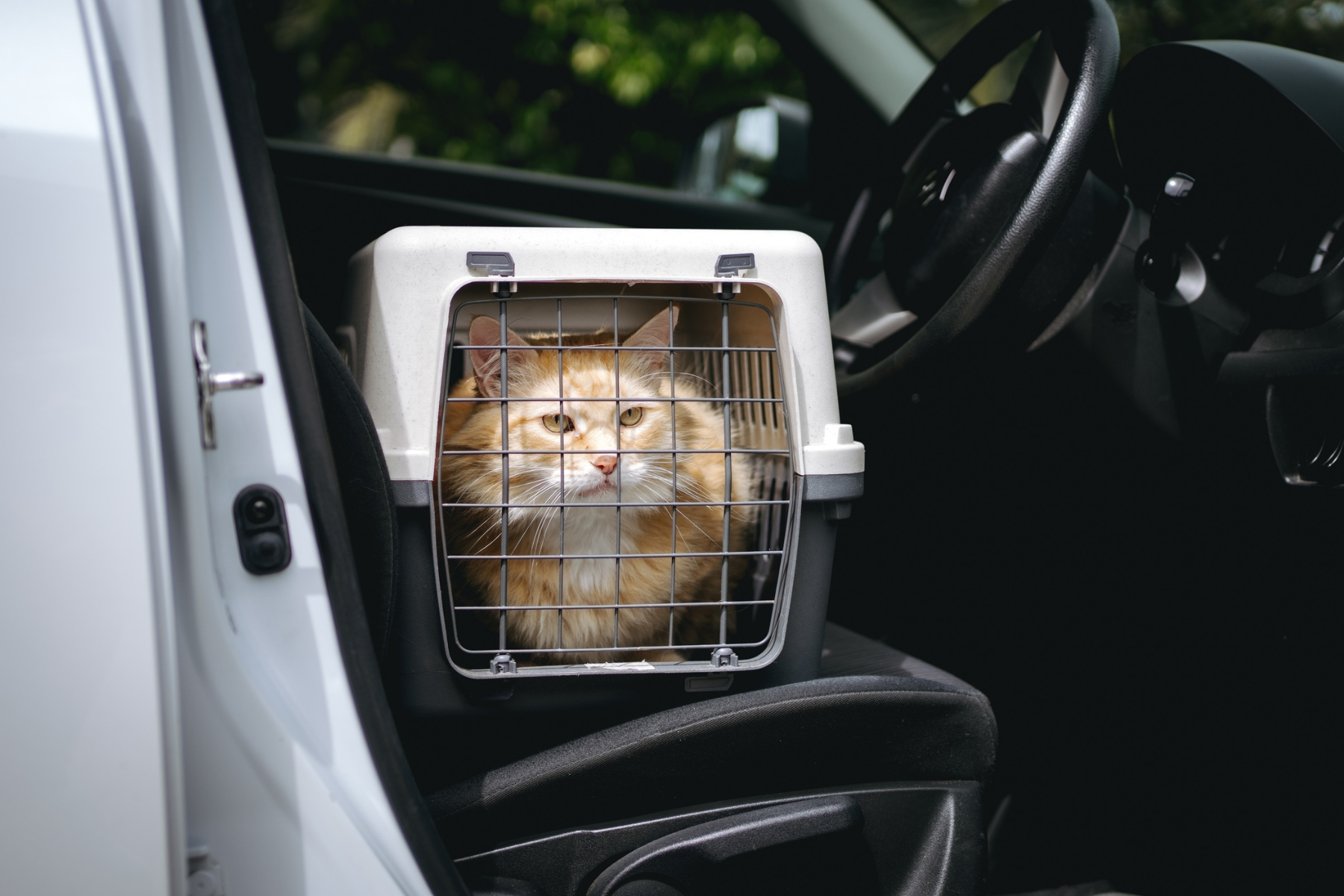
When it’s finally time to move, and your home is packed up and your checklist is nearly done, the next step is getting yourself and your stuff to the new place. Whether you're moving across Brisbane, further out in Queensland, or even interstate, this part can sometimes be the most stressful—especially if you're travelling with pets, kids, or elderly relatives.
Here are a few things to keep in mind to make the move as smooth as possible:
Moving with pets
Pets can get anxious with all the change, and a long journey might make them even more stressed. Make sure you've got everything they need—food, water, and their favourite blanket or toy to help them feel secure. If you're driving for long distances, consider using a pet transport service to keep them calm and safe.
Moving with kids
For kids, moving is often a mix of excitement and nerves. They might be thrilled about the new place but sad about leaving their friends and familiar surroundings. Letting them help pack their own things and opening up conversations around the move can create more of a sense of calm as they navigate big emotions. Keep their routines as close to normal as possible, and bring along comforting items like their favourite toy or pillow.
If you’re moving with little ones, our guide to moving house with kids shares tips to keep things calm and (mostly) meltdown-free.
Moving with elderly relatives
If you're helping an elderly relative move, extra care and planning can go a long way. Take into account any mobility issues, health needs, or medication they may need access to during the journey. Make sure all their essential items (like medications) are packed separately and within easy reach. If possible, have someone accompany them to help with anything that comes up during the move.
Moving with a disability
If you're moving with a disability, some extra thought can make the whole process a lot easier. Be sure to pack medications and important items in a separate, easily accessible box. You’ll also want to check that your new home is accessible—things like ramps, wider doorways, or step-free entrances are key. If you're not familiar with local services in your new area, it’s also helpful to have a list of medical care options and community resources so you can settle in with peace of mind.
Choosing trustworthy Brisbane removalists
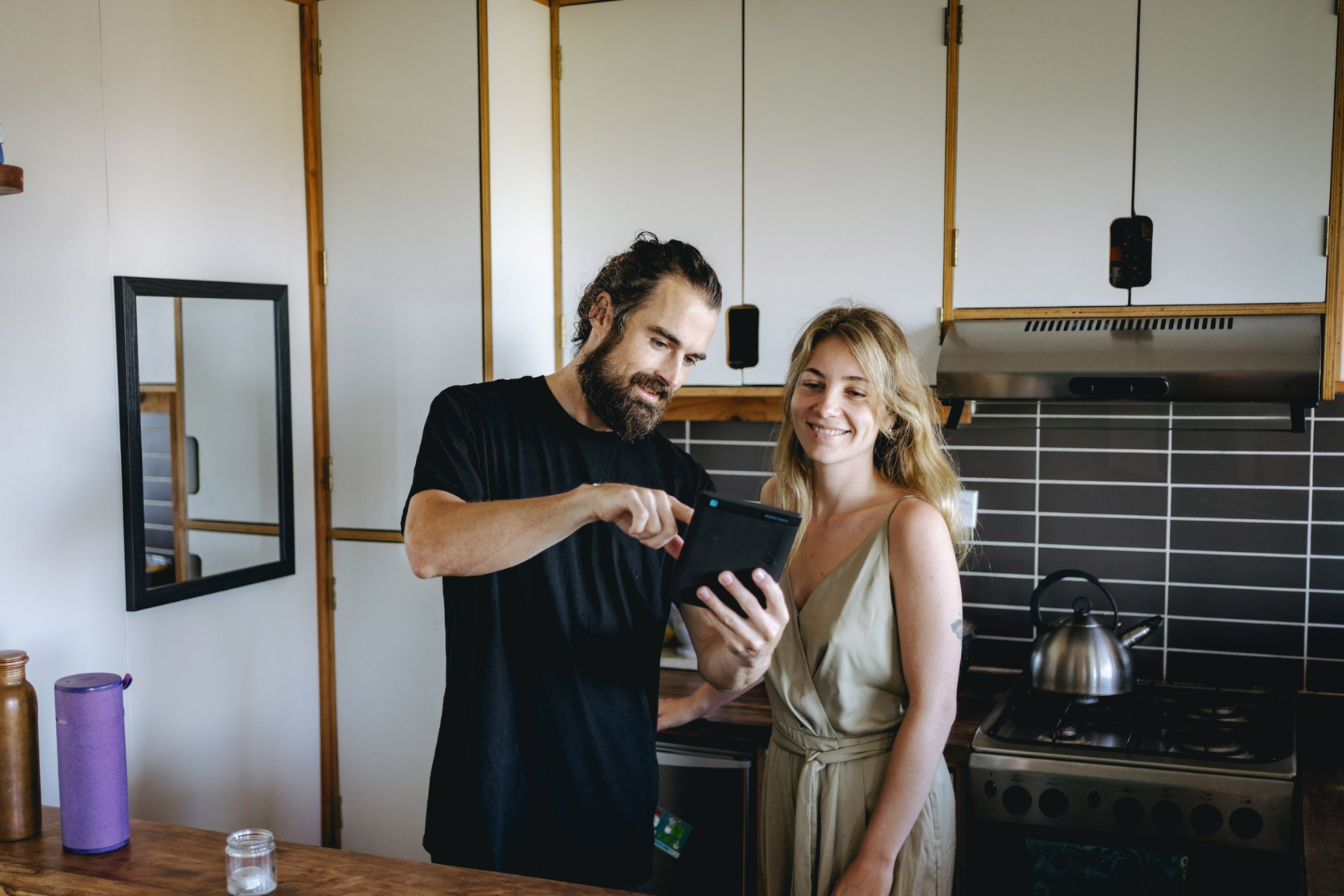
Moving to, from, or within Brisbane is an exciting adventure, but there’s also a lot to plan for and think about. Whether you're shifting across town or heading further afield, the process can feel like a lot. That's where we step in. You can find and book affordable Brisbane removalists through Upmove. Our platform simplifies the search for reliable movers, offering clear, upfront quotes so you know exactly what to expect.
What do our customers say?

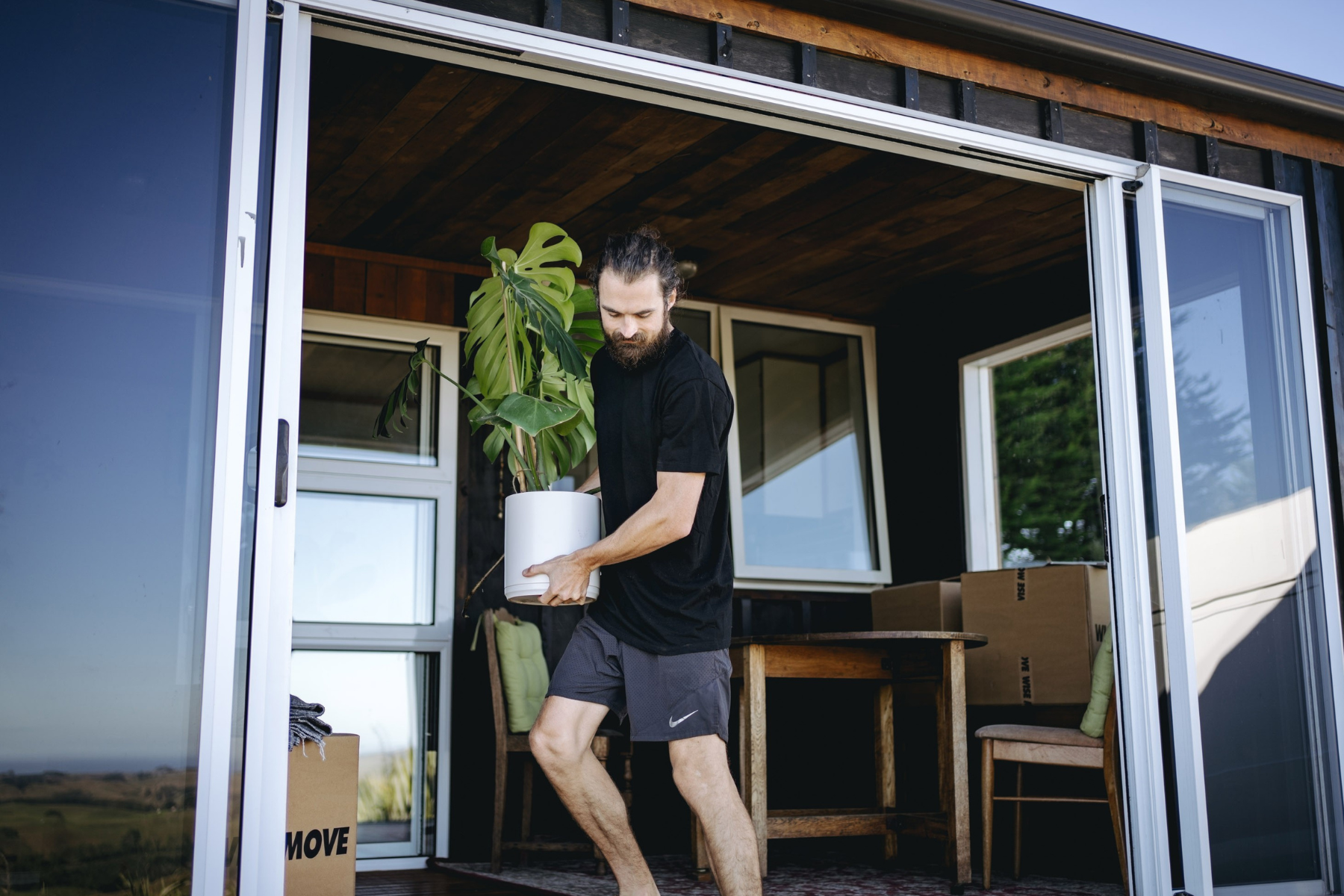
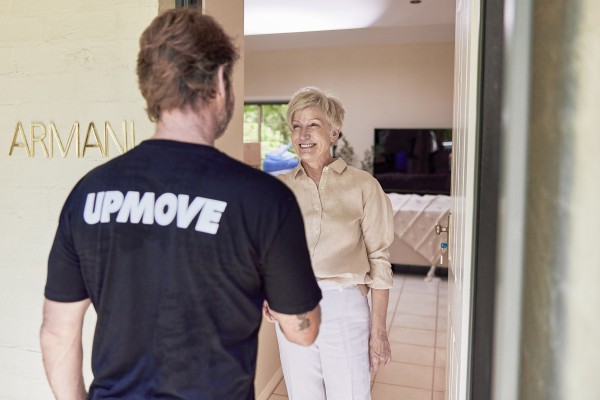
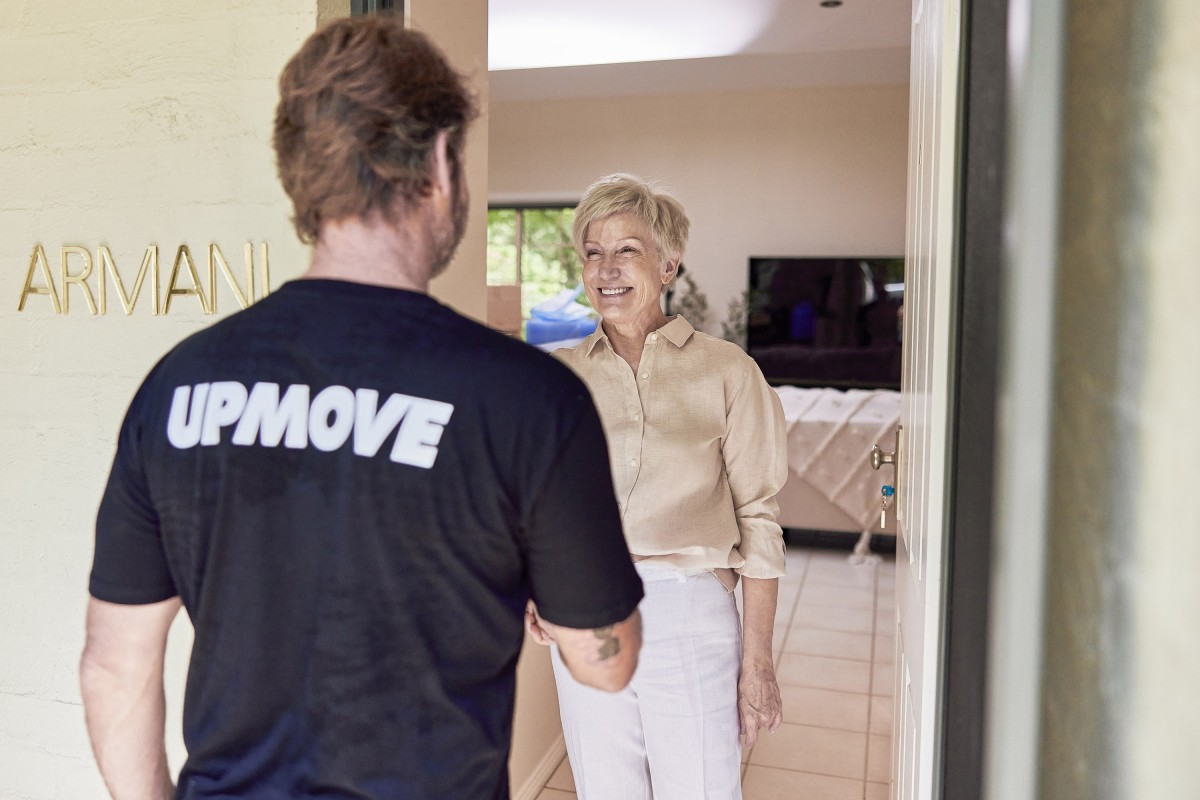
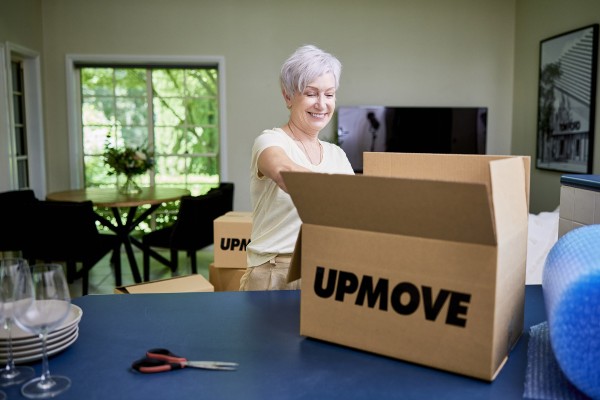
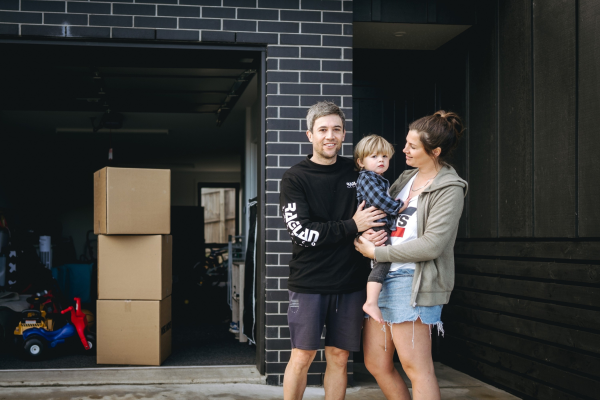
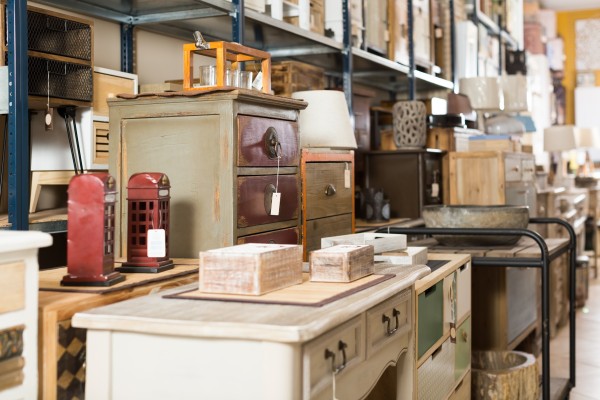
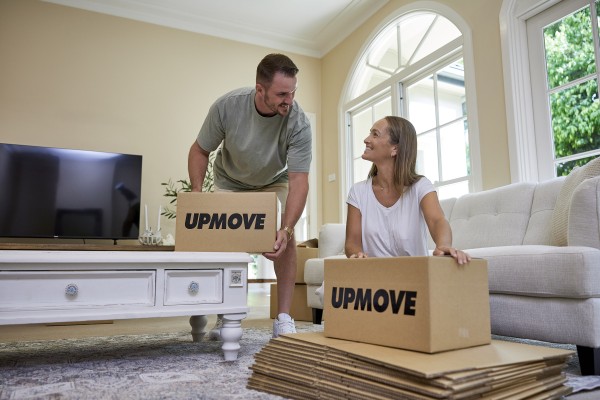
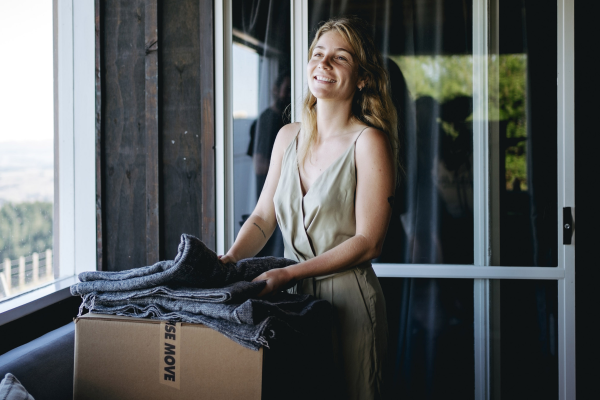

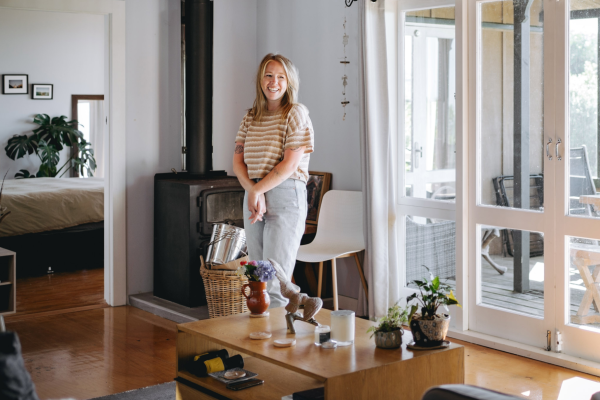
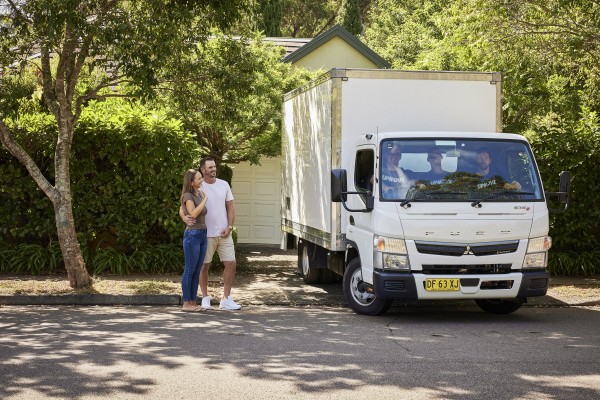

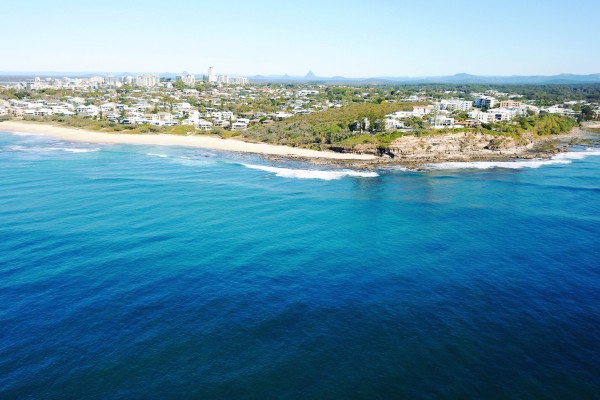
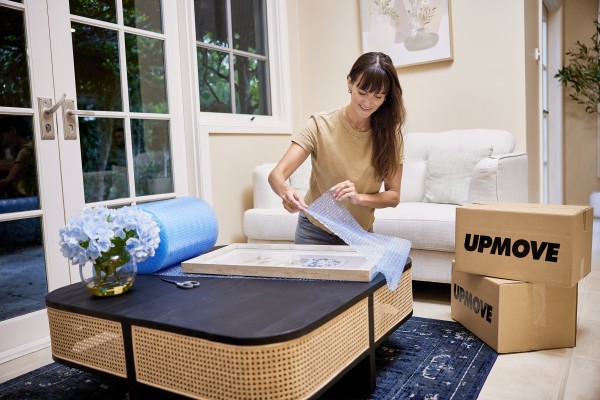
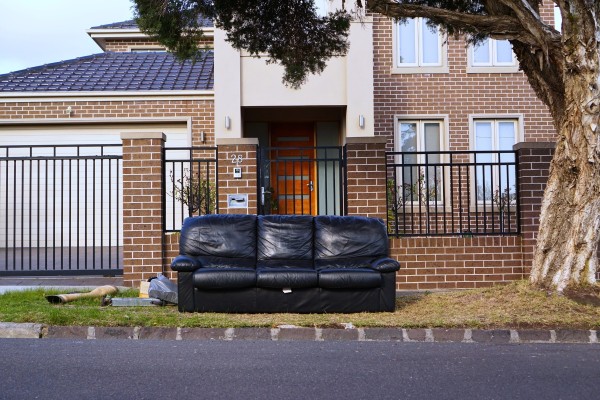
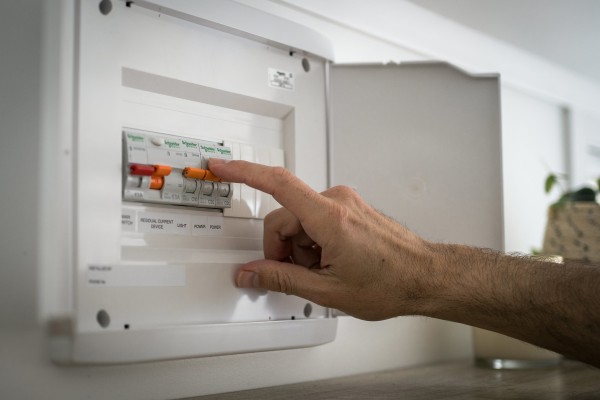
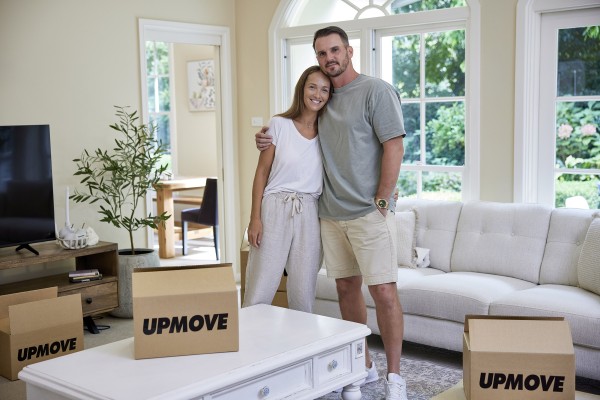

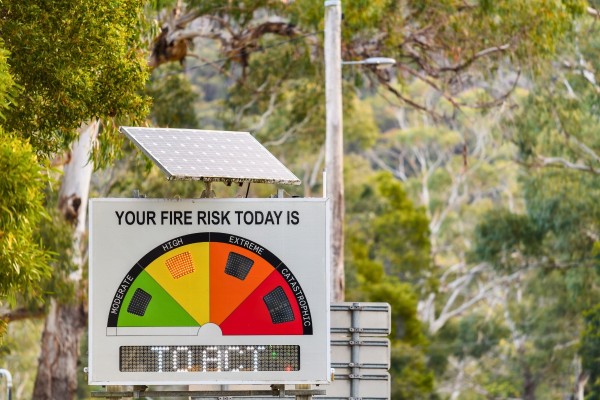
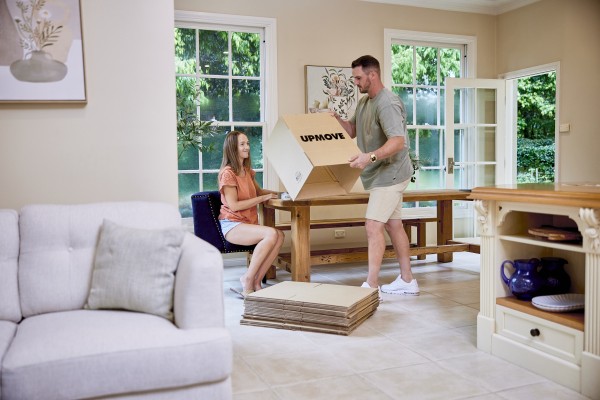
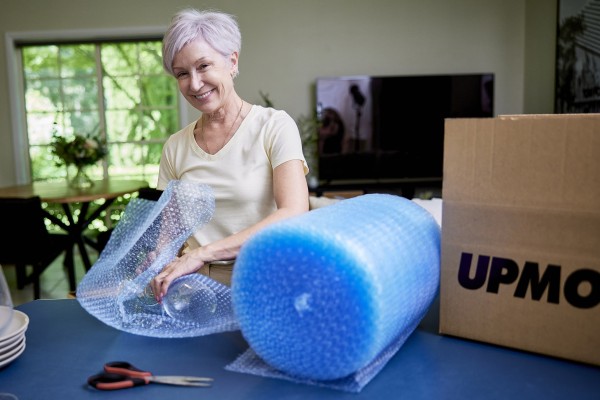
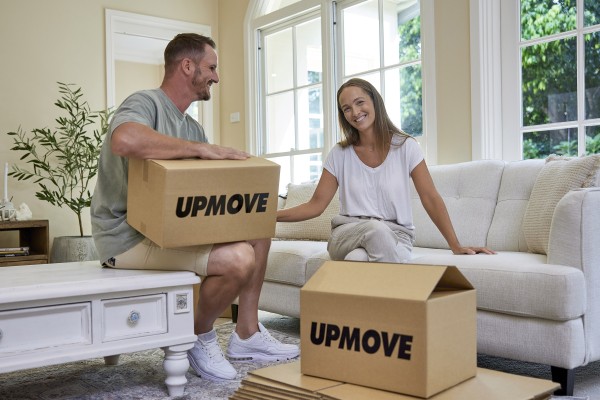


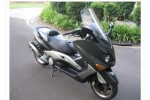

![Electric Bass Guitar Amplifier [90x70x35cm ; 50kgs], Electric Bass Gui... Electric Bass Guitar Amplifier [90x70x35cm ; 50kgs], Electric Bass Gui...](https://cdn.upmove.com.au/image/listing/3526991a6bdc56e645ac1b2a540b126e.jpeg)

